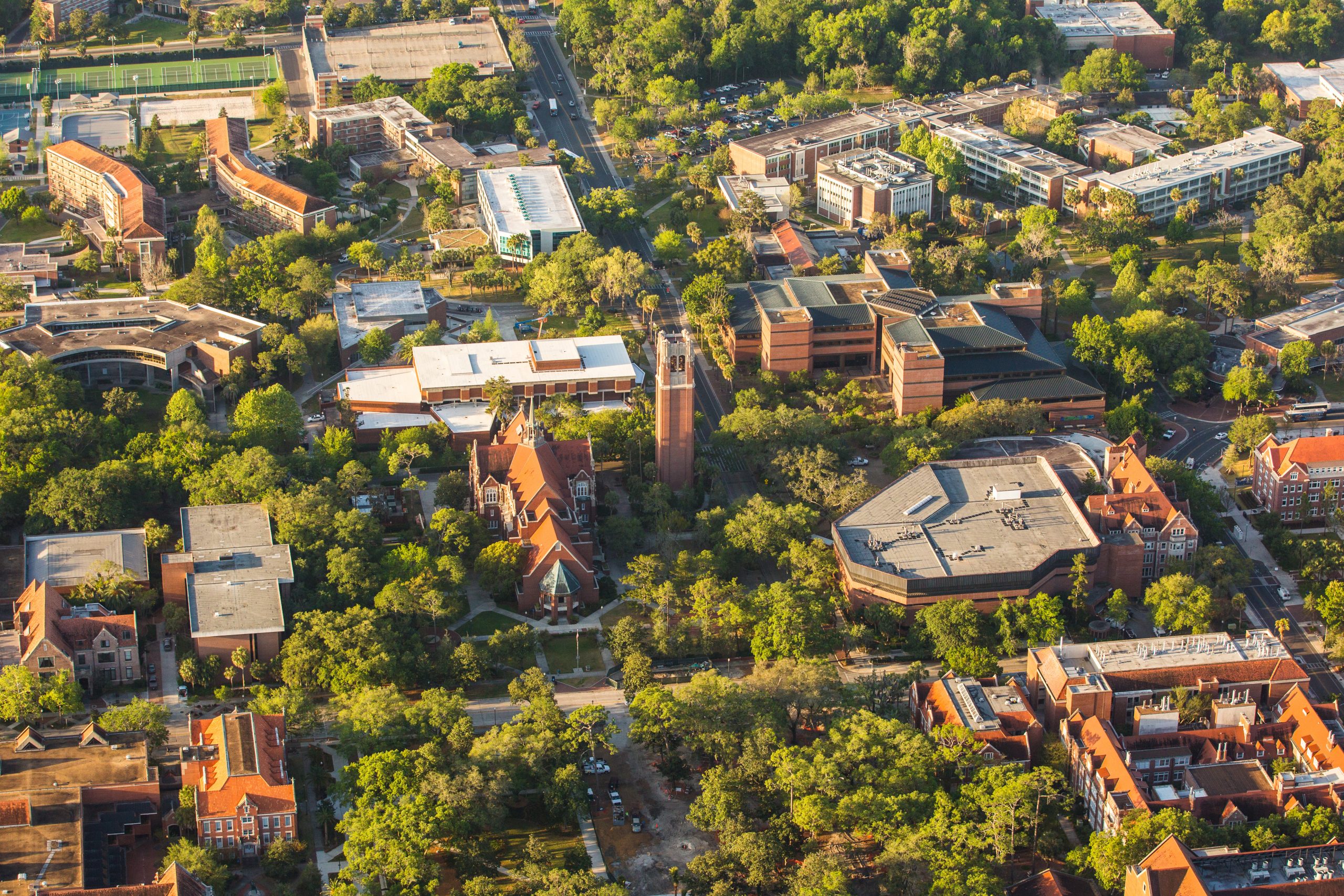
Contamination Surveys
Occasionally when using unsealed radioactive material, work surfaces may become contaminated. The danger of loose contamination is that it may easily spread, posing the risk of ingestion or external personnel contamination. The primary method to detect such contamination is with radiation surveys.
While ORS does visit labs to perform contamination surveys, labs are expected to perform their own post-operational surveys. Each PI is responsible for routine (weekly) area surveys and monitoring of radiation work areas to assure the absence of contamination. Monthly surveys are required when radioactive materials or radioactive waste are stored but not used. Records of these surveys must be kept on file for a period of at least three years for review by ORS personnel and state inspectors.
Removable Contamination Surveys
The best method of surveying for contamination is the use of a Liquid Scintillation Counter (LSC) or Gamma counter (GC) swipe test. To perform a swipe test, follow these procedures:
- Don clean gloves.
- Use filter paper to wipe a 100cm^2 area.
- Prepare a vial per the detector’s instruction manual using appropriate scintillation cocktail for LSC vials.
- Place the filter paper in the vial, place the vial in the LSC/GC.
- Run the LSC/GC to count the sample activity.
The resulting activity must be converted to DPM, considering the efficiency of the LSC/GC. The UF limits for removeable contamination are:
- Alpha: 50 DPM/100 cm^2
- Beta/Gamma: 100 DPM/100 cm^2
Swipes should be taken anywhere that radioactive material was used or could easily spread to. For example:
- Benchtops
- Fume Hoods
- Floors
- Door handles
ambient radiation surveys
If a gamma-emitting isotope is used, a survey meter calibrated to read in mR/hr must be used to read the dose rate. An ambient dose rate of more than 1 mR/hr will require shielding.
If a sealed source produces a dose rate of more than 5 mR/hr at 1 foot, a “Caution – Radiation Area” sign will be required.
contamination cleanup
Should contamination be found during a survey, follow these steps:
- Clean the area, taking care to minimize the potential spread of contamination. The Office of Radiation Safety recommends the use of a radiation decontamination spray such as Radcon, Radiac or residental cleaners (e.g., Scrubbing Bubbles) or equivalent. Dispose of towels and gloves used for cleaning as radioactive waste.
- Once the decontamination is complete, carefully survey the area again to verify that the contamination has been removed.
- Document these additional surveys alongside the original survey, including a comment stating that contamination had been found and was removed.
If the contamination is extensive (on multiple surfaces) or if you would like help, please contact the Office of Radiation Safety.
